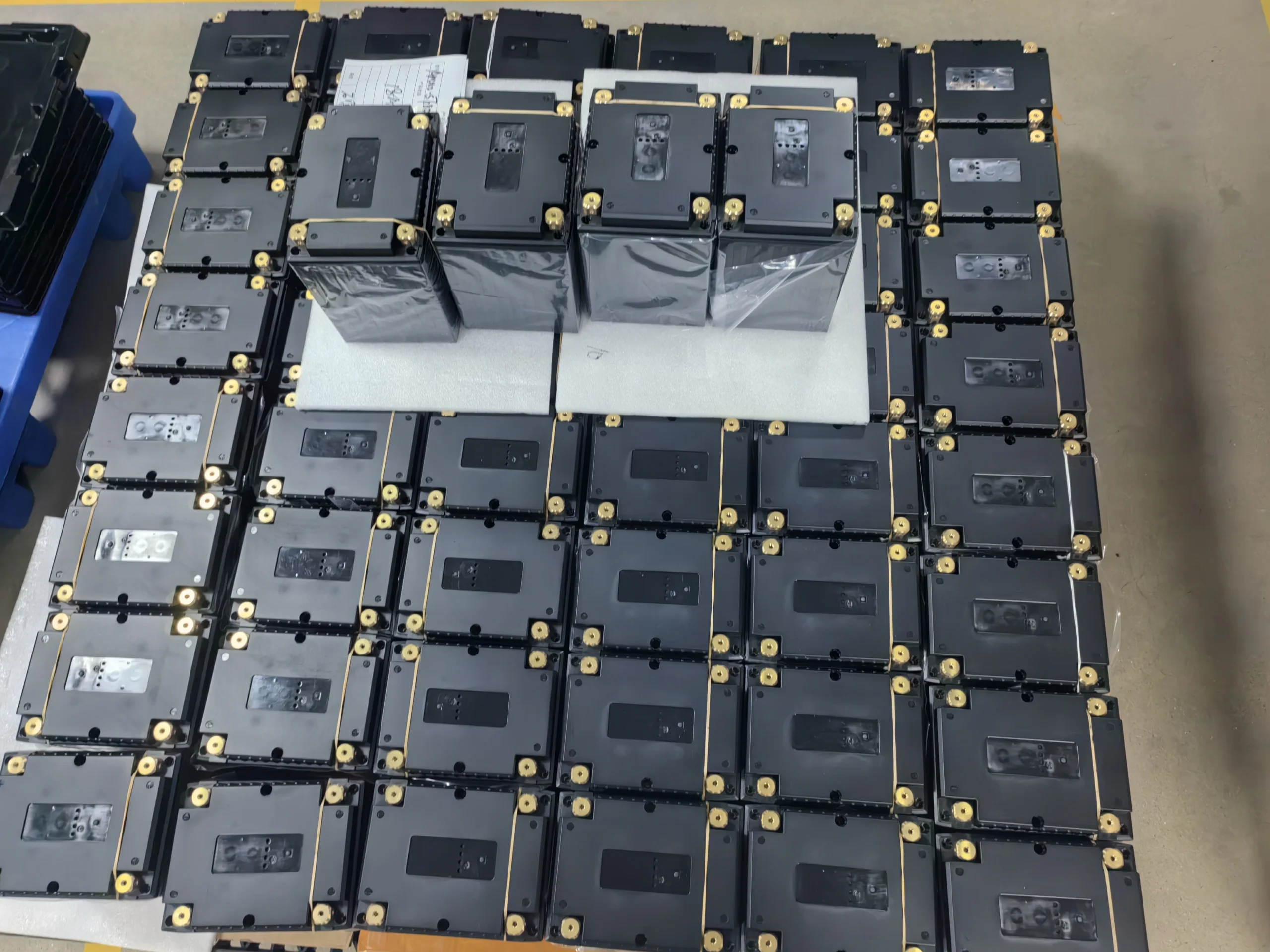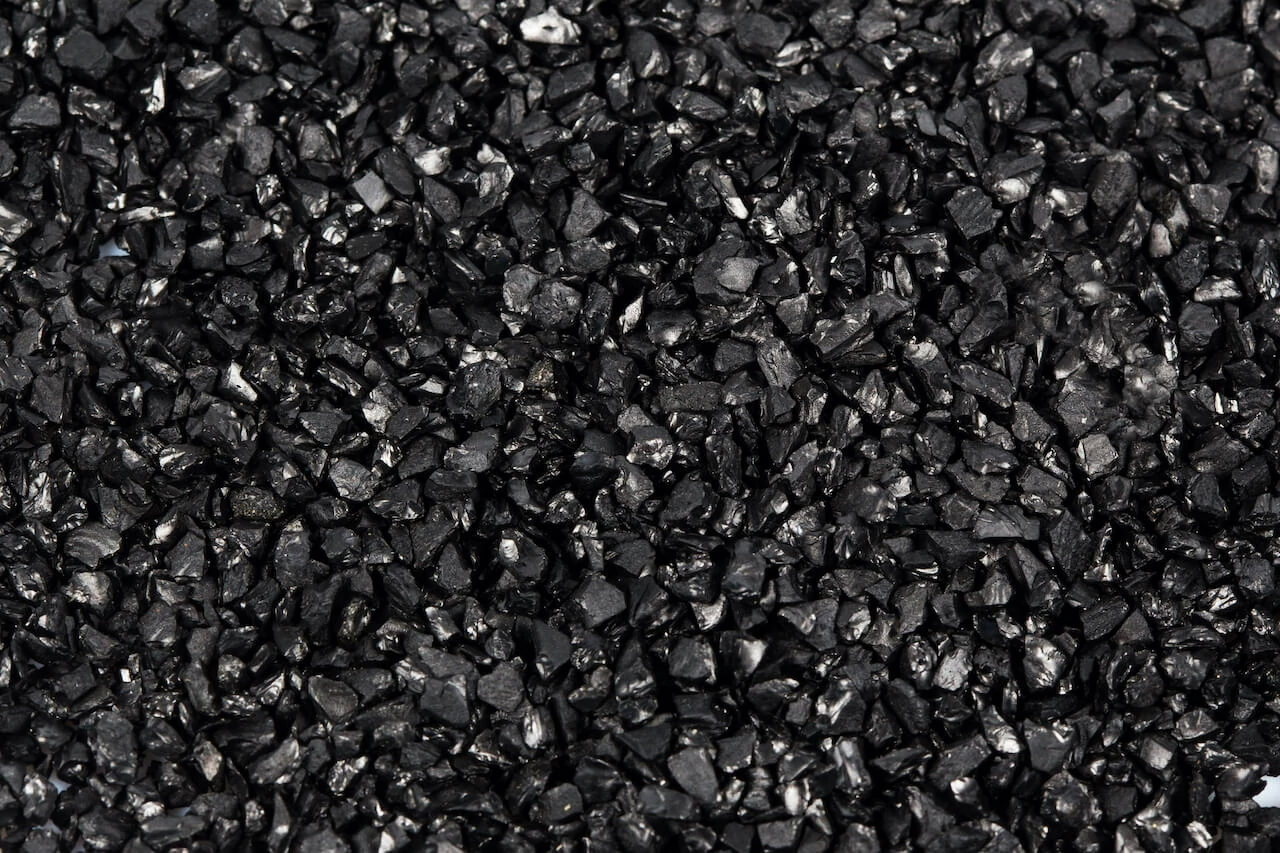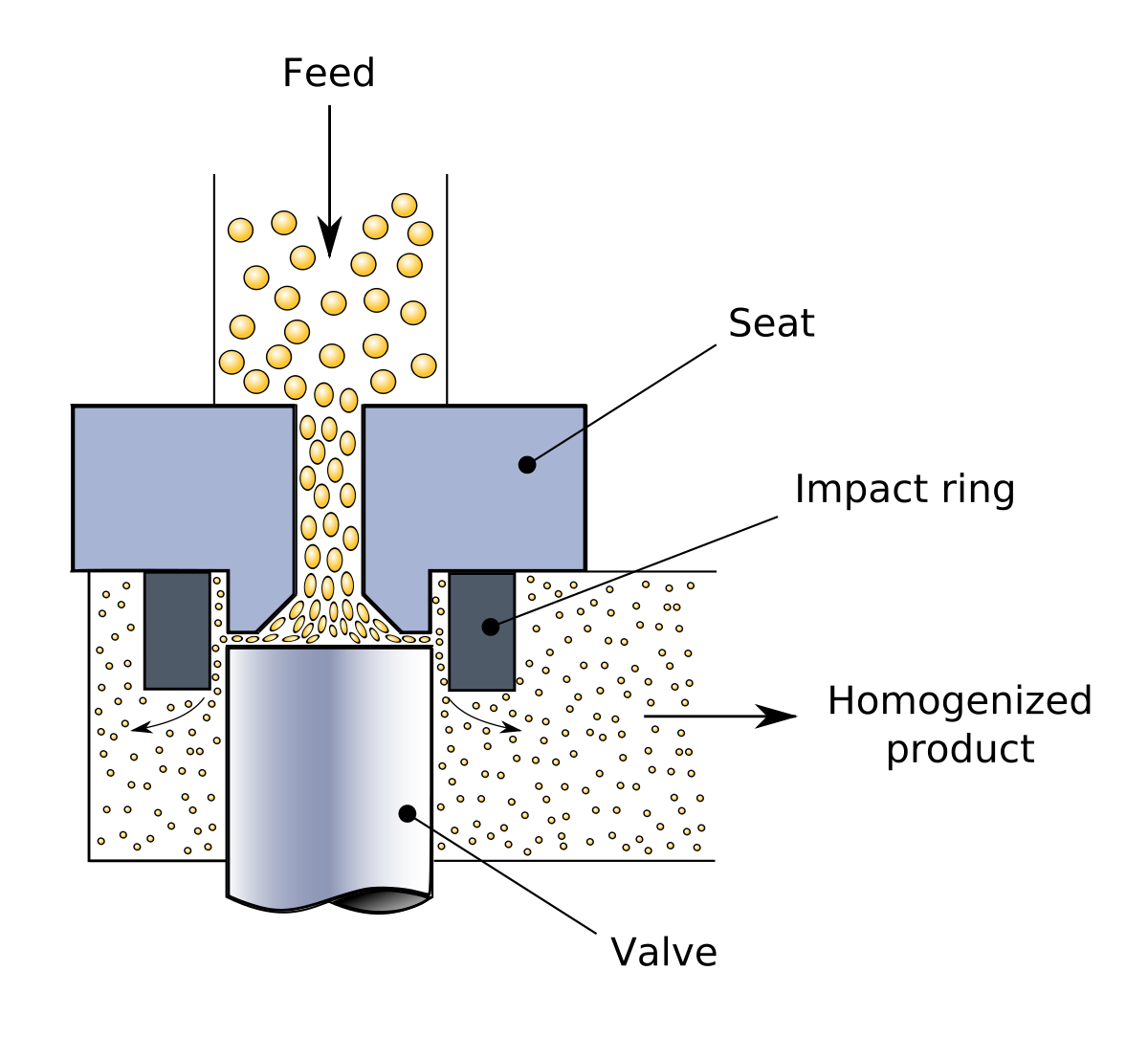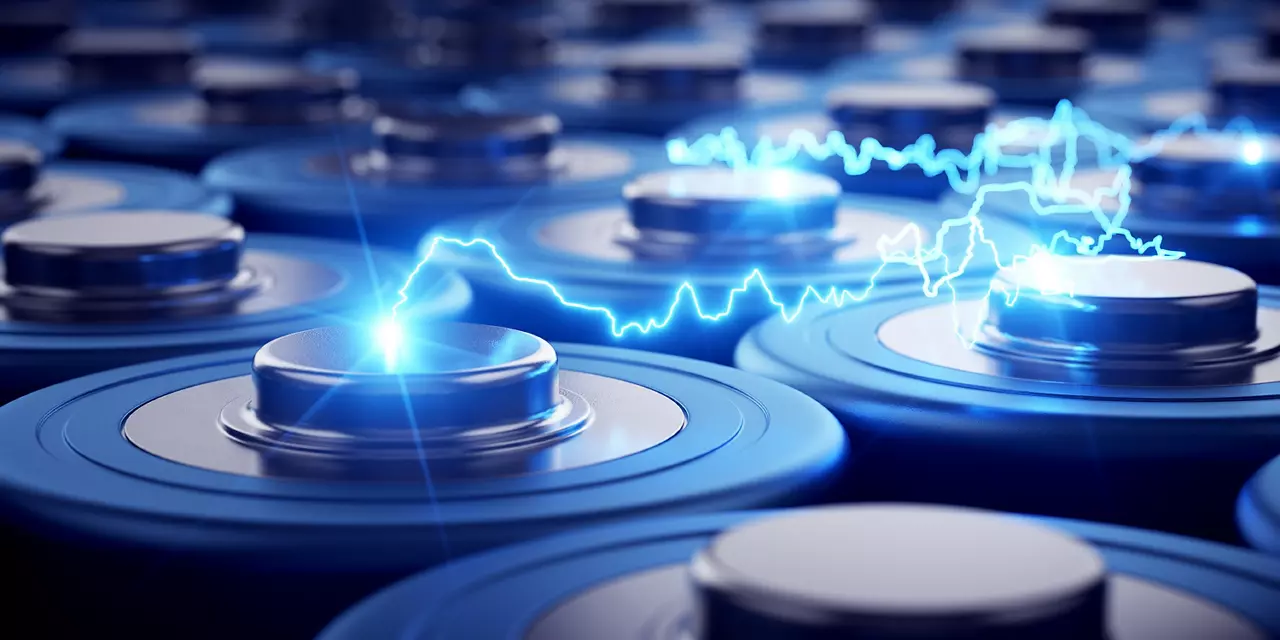Lithium battery conductive agent system
main content
In lithium-ion batteries, the conductive agent serves as a crucial bridge connecting the active material and the current collector, accounting for approximately 13%. Its main function is to build an efficient electron transmission network, reduce the internal resistance of the electrode, and improve the rate performance and cycle life. The current mainstream conductive agents are based on carbon black (such as Super P), supplemented by new types of nanomaterials such as carbon nanotubes (CNT) and graphene, to form multi-dimensional conductive networks. The following analysis is conducted from the dimensions of material properties, process optimization, and technical challenges.
I. Carbon Black Conductive Agents: The "Chain Network" and Dispersion Challenges of Super P
1. Material properties and electrical conductivity mechanism
Carbon black Super P is composed of primary particles with a diameter of approximately 40 nm agglomerated into branched aggregates of 150 to 200 nm. Its high specific surface area (62±3 m²/g) and chain structure can form a three-dimensional conductive network in the electrode. Through "point-to-point contact", the electron migration efficiency is enhanced, reducing the internal resistance of the battery to ≤2.5 Ω·m. For example, in the positive electrode, the addition amount of Super P only requires 1% to 3% to construct a complete conductive path.
2. Optimization of dispersion process
The hydrophobicity and high specific surface area of carbon black are prone to agglomeration, which needs to be improved through the following measures:
Dry mixing technology: Carbon black is directly and dry-mixed with active substances, and soft agglomerations are broken through high-speed shear force (1300-2000 rpm). It is suitable for low-viscosity slurries.
Pre-dispersion of the adhesive solution: NMP solvent and PVDF binder are used to pre-disperse carbon black to form a dispersion with a solid content of ≥12%. Combined with ultrasonic treatment (400800 W), the risk of secondary agglomeration is reduced.
Surface modification: Hydrogen peroxide oxidation or carboxymethyl cellulose (CMC) coating can enhance hydrophilicity, increasing the dispersion stability of carbon black in water-based slurries by 47.1%.
3. Performance Balance and Cost
Experiments show that there is a "critical threshold" for the addition amount of carbon black: When the content increases from 0.5% to 1.5%, the resistivity of the electrode sheet decreases from 23,604 Ω·cm to 299 Ω·cm; However, after exceeding 1.5%, the resistance rebounded due to local agglomeration. In addition, the cost of carbon black is only 280,000 yuan per ton, making it the traditional conductive agent with the best cost performance.
Ii. Nanocarbon Materials: Breakthroughs in One-dimensional and Two-dimensional Conductive Networks
1. The "linear network" of carbon nanotubes (CNT)
Structure and advantages: CNT is a one-dimensional tubular structure formed by curling graphene, with a length-to-diameter ratio as high as 1000:1. Only 0.1% to 0.5% of the addition amount is needed to construct a linear conductive network through the electrode, reducing polarization. Its axial thermal conductivity (> 2000 W/mK) can alleviate the heat accumulation during fast charging.
Dispersion technology:
Chemical dispersion: Use surfactants such as PVP and SDS to reduce van der Waals forces, and combine with sand mill grinding to evenly disperse CNT in NMP slurry.
Composite conductive paste: CNT and carbon black are compounded in a ratio of 1:3 to form a "point-line" synergistic network, reducing the resistance of the electrode sheet by 30%.
Application scenario: In the 4680 large cylindrical battery, the addition amount of CNT reaches 0.8% to 1.2%, supports 4C fast charging and has a cycle life of > 1000 times.
2. Graphene conducts electricity through "surface contact"
Performance characteristics: Graphene, as a two-dimensional lamellar material, has a specific surface area of 2630 m²/g. By covering the surface of active particles through "surface contact", its electrical conductivity is five times higher than that of carbon black. However, the interlayer stacking is prone to hinder the diffusion of lithium ions, and the conductivity and ion transport need to be balanced through pore design (such as 3D porous structure).
Decentralized innovation
In-situ reduction method: Directly reduce graphene oxide (GO) in the slurry to avoid re-agglomeration caused by pre-dispersion.
Compound additive: Introducing rare earth elements (such as La³⁺) enhances the suspension stability of graphene, reducing the viscosity of the slurry by 40%.
3. Synergistic effects of nanomaterials
The "CNT graphene" compound system combines the advantages of one-dimensional and two-dimensional dimensions: CNT serves as a "wire" to connect graphene sheets, forming a three-dimensional conductive framework. Experiments show that the composite system of 0.3% CNT+0.2% graphene can increase the battery energy density by 12%, and its rate performance is superior to that of a single material.
Iii. Technical Challenges and Future Trends
1. Existing bottleneck
Dispersion uniformity: Carbon black needs to solve the agglomeration problem of high specific surface area. CNT/ graphene relies on high-cost dispersants (such as Kochen Black dispersant, with a cost of over 500,000 yuan per ton).
Process compatibility: Nanomaterials have extremely high requirements for the precision of coating equipment. The sanding time of CNT slurry needs to be more than 8 hours to achieve D50 < 50 nm.
2. Development Direction
Composite conductive agent: Develop a ternary slurry of "carbon black +CNT+ graphene", and achieve full-dimensional conductivity at a low addition amount (< 1.5%) through gradient dispersion.
Pre-lithiation technology: Coating the CNT surface with metallic lithium (e.g. Li@CNT) compensates for the primary effect loss of the silicon-based anode while improving conductivity.
Green manufacturing: Replacing NMP with bio-based solvents (such as ethyl lactate) to reduce VOC emissions and enhance dispersion efficiency.
Conclusion
The collaborative innovation of carbon black and nano-carbon materials is driving the evolution of lithium battery conductive systems towards high conductivity, low addition, and multi-dimensional networks. Carbon black remains the mainstream due to its cost advantage, while CNT/ graphene is indispensable in high-power and high-energy-density scenarios. In the future, through the upgrading of material compounding, dispersion processes and green manufacturing, conductive agents will help lithium batteries break through the energy density threshold of 400 Wh/kg and achieve 5C-level ultra-fast charging technology.

START-STOP LITHIUM battery
Enov start-stop battery is designed to provide excellent performance for high-demand start-stop vaehicles. It adopts the third-generation intelligent lithium platform architecture to achieve technological breakthroughs in core indicators such as cycle life, environmental adaptability and energy density. Compared with the traditional lead-acid battery system, the energy efficiency is increased by 210%, the cycle life is extended by 8-10 times, and the monthly self-discharge rate is controlled within 3%. Enov's unique low-temperature battery technology makes a breakthrough in achieving stable output in the whole climate domain from -30℃ to 65℃, maintaining more than 90% of the effective capacity release under extremely cold conditions (-30℃), and maintaining 90% of the capacity in high temperature environments (65℃).
The start-stop battery series products cover the mainstream voltage platform of 12V/24V/48V, and support flexible configuration of LFP (lithium iron phosphate) and NCM (lithium nickel cobalt manganese oxide) dual-material system. All models adopt modular design to support customization of different model specifications. Enuo engineering and technical team to provide full cycle technical service support, if you need, please contact us.
Other products
UAV BATTERY
LITHIUM ENERGY STORAGE BATTERY
QUICK INQUIRY
FAQ
Access to high frequency technical questions with one click, get accurate answers on product application, after-sales policy and customization process.
Service and Support
Get the latest product specifications, explore professional OEM/ODM customization services, click to open exclusive technical support and production solutions.
Become a Partner
We sincerely invite resources to interconnect, work together for win-win development, and immediately open a new chapter of strategic cooperation!





